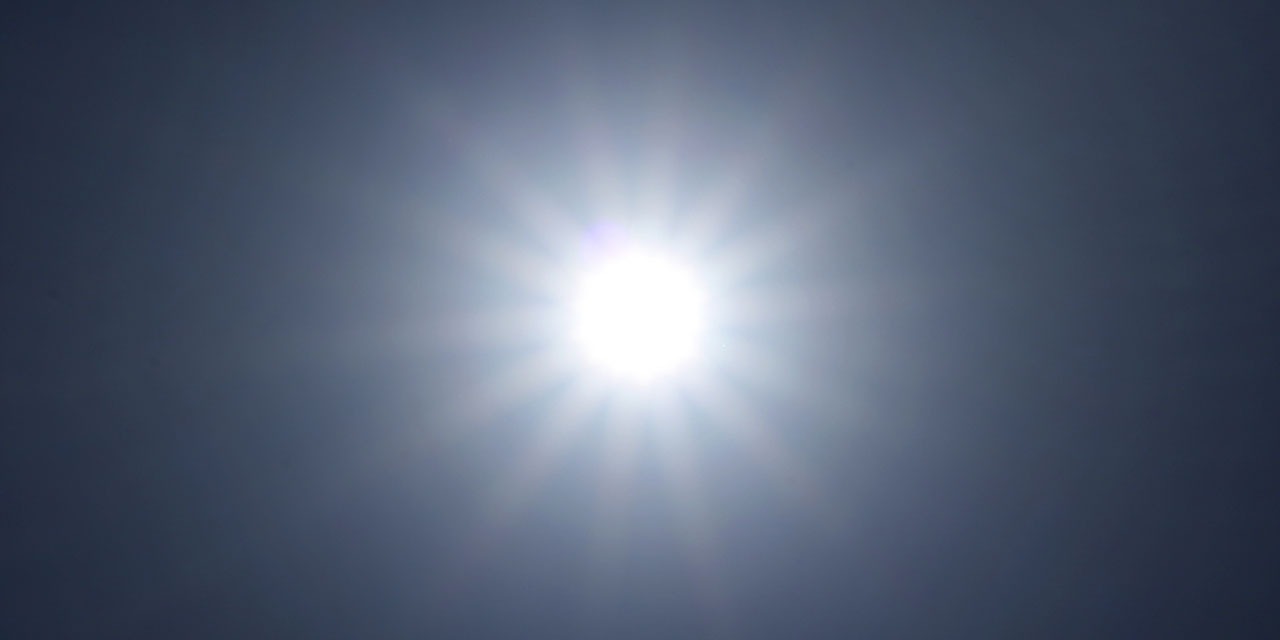The new coronavirus, responsible for the Covid-19 pandemic, weakens in a hot and humid atmosphere as well as in the sun's rays, according to a study by the United States government presented Thursday at the White House. "Our most striking observation to date is the powerful effect that sunlight seems to have on killing the virus, both on surfaces and in the air," said senior Homeland Security official Bill. Bryan.
Scientists have wondered since its appearance on the possibility that the new coronavirus might weaken with increasing temperatures, that is to say with the arrival of summer in the northern hemisphere. "We have seen a similar effect on both temperatures and humidity. Rising temperatures or humidity, or both, are generally less favorable to the virus," added the official, presenting preliminary results from this study.
>> LIVE - Follow the evolution of the situation on Friday, April 24
The return of summer
US Vice President Mike Pence called the comments "encouraging." Donald Trump, for his part, remained cautious but noted that the United States could be in a better position with the arrival of summer. "If the heat is good (to weaken the virus), if the sunlight is good, I think it's a very good thing," he said.
"We have identified some of the weak links in the virus's transmission chain. We have identified that heat and humidity are weak elements in this chain. We have identified that sunlight, UV rays are a weakness in this chain, "insisted Bill Bryan, science and technology expert at the Department of Homeland Security.
CORONAVIRUS ESSENTIALS
> Can France hope for a more favorable scenario than Italy?
> Are women and people with blood type O more resistant?
> Are certain serious forms linked to a genetic factor?
> How will the distribution of masks take place in France?
> Back to school on May 11: under what conditions?
> How to keep sleep during confinement?
The power of the virus halved after 18 hours between 21 and 24 degrees
In support of his claims, the expert presented some figures from this study conducted at the National Biodefense Analysis and Countermeasures Center. According to these data, a half-life of the virus, namely the time necessary to halve its power, is 18 hours with a temperature between 21 and 24 degrees celsius, with 20% humidity on a non-porous surface . This includes surfaces such as door handles. But this half-life is reduced to six hours when the humidity increases to 80%, and only to two minutes when sunlight is added to the equation.
When the virus is suspended in the air, the half-life is one hour with a temperature of 21 to 24 degrees Celsius and 20% humidity. With the same humidity, the same temperature, but with the addition of sunlight, this time drops to a minute and a half. Bill Bryan concluded that summer conditions could create "an environment in which transmission can be reduced". But this does not mean that the pathogen is eliminated entirely. And the results of this one study cannot justify lifting social distancing measures currently in effect in the United States, he warned.

